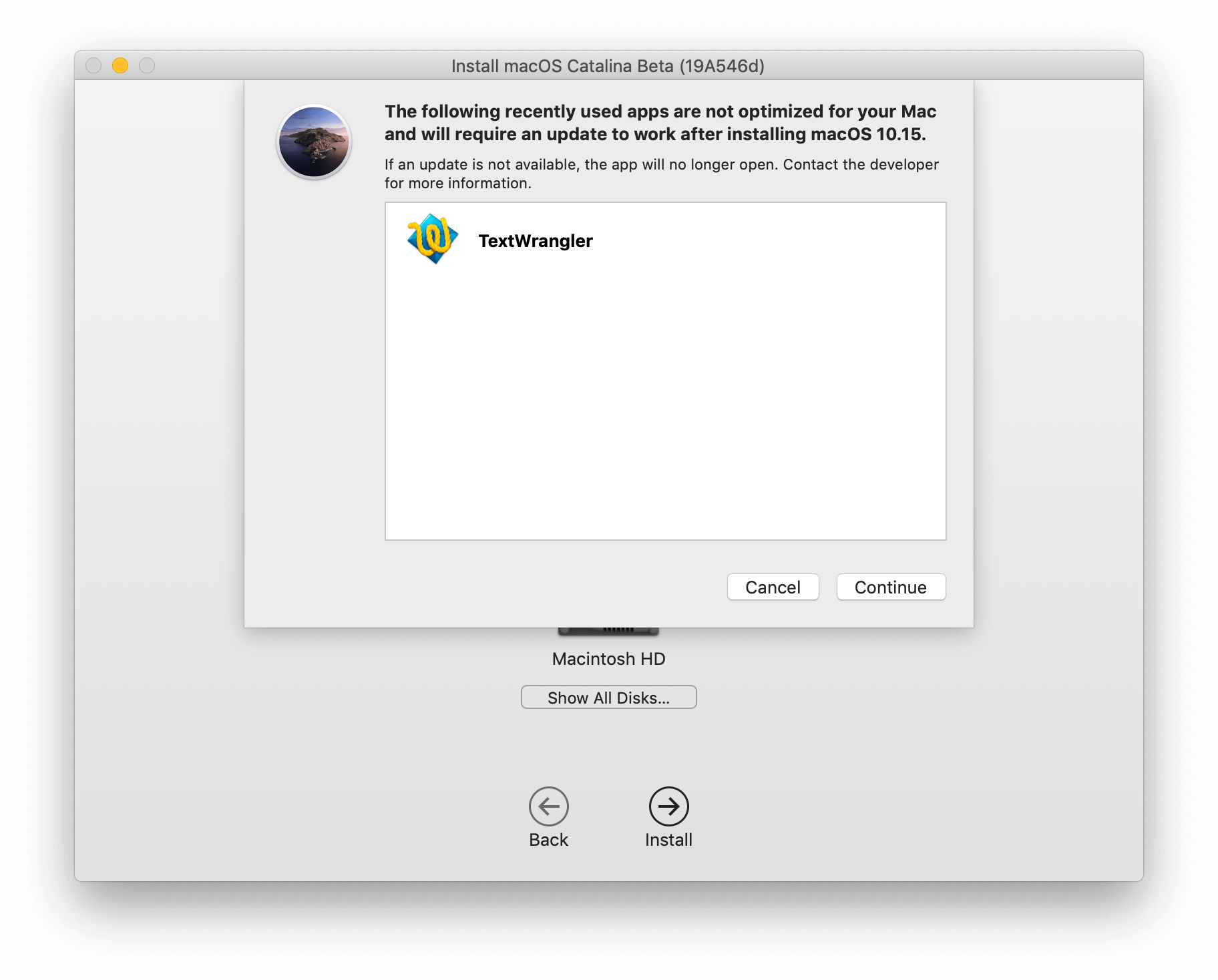
Installing more RAM on a system with a 32-bit OS doesn't have much impact on performance. A 32-bit OS, for example, has more limitations-the standout being it can only really utilize 4GB of RAM. Installing a 32-bit OS on a 64-bit-architecture system can work, but it's not optimal. It works on all versions of Windows going back to Windows 95. You can determine if your PC is really ready for full 64-bit by using software like 64bit Checker. That may be fine-not all of the earliest 64-bit processors had all the features in place. Subsequent upgrades, if any, may not have jumped your install up to 64-bit. More likely, you have an old system with an operating system you installed that only came as 32-bit. If you've bought a PC since the Pentium D chip came out in 2005, it's unlikely you'd have only a 32-bit instruction set inside. Intel started making 32-bit processors in the 80386 range way back in 1985 it was selling 64-bit processors by 2001. How do you even tell which one you have? Identify a 64-Bit OS Windows 7, 8, 8.1, and 10 all came in 32-bit or 64-bit versions, for example. These days, you are most likely already running 64-bit chips with 64-bit operating systems, which in turn run 64-bit apps (for mobile) or programs (on the desktop, to settle on some nomenclature). You might know 32-bit as x86, a term that originally referred to any OS with the instruction set to work on Intel chips like the 8086 through 80486. It's pretty obvious: 64-bit, sometimes styled as 圆4, is capable of doing more than 32-bit.

In 1992, Windows 3.1 was the first 16-bit desktop version of Windows.The Intel 8080 chip in the 1970s supported 8-bit computing.That's because every few years, the chips inside the computers (even smartphones) and the software running on those chips make leaps forward in supporting a new number. That's a lot of bits, and the numbers show just how much more powerful a chip that supports higher-bit computing can be. Best Hosted Endpoint Protection and Security Software.


 0 kommentar(er)
0 kommentar(er)
